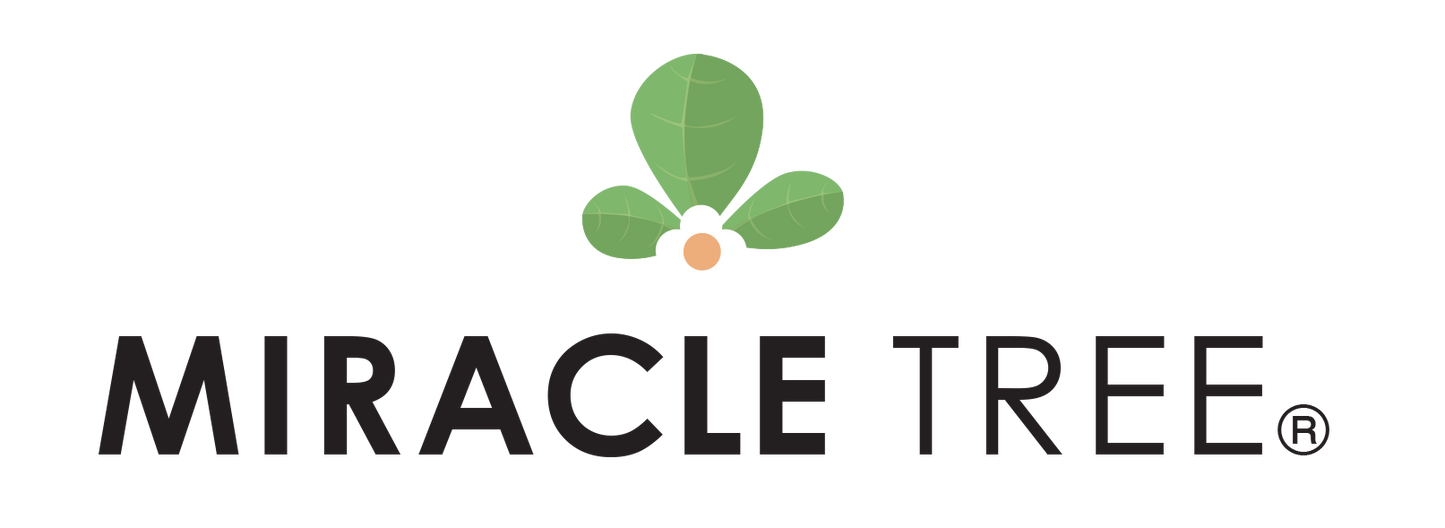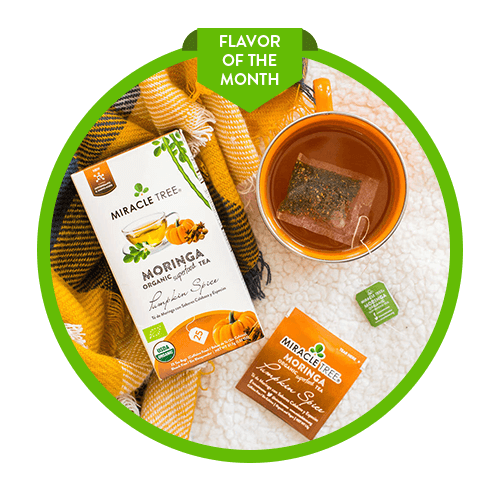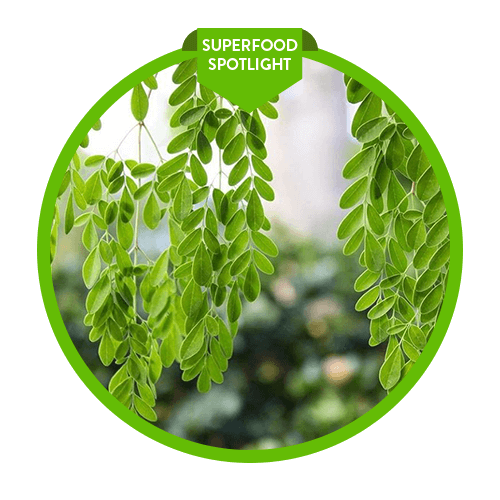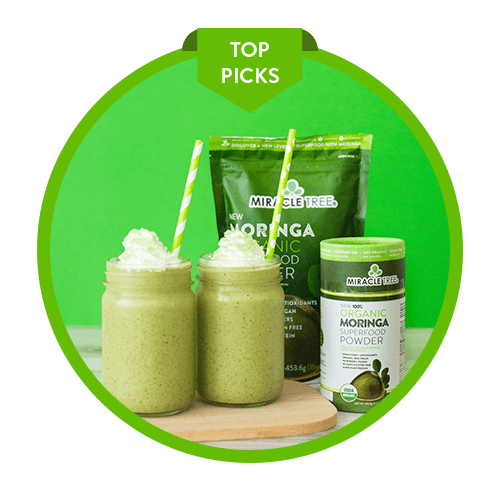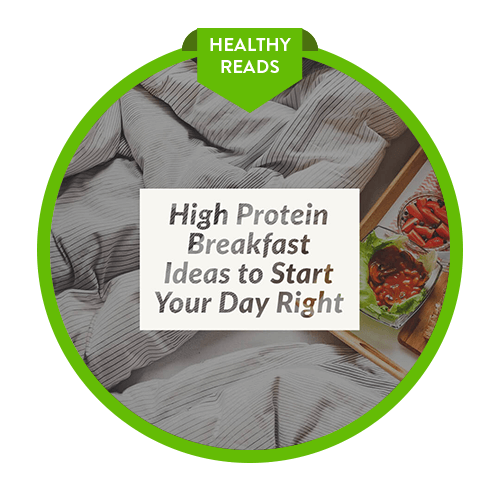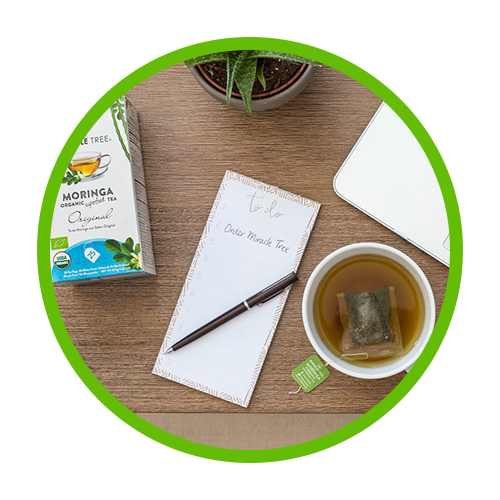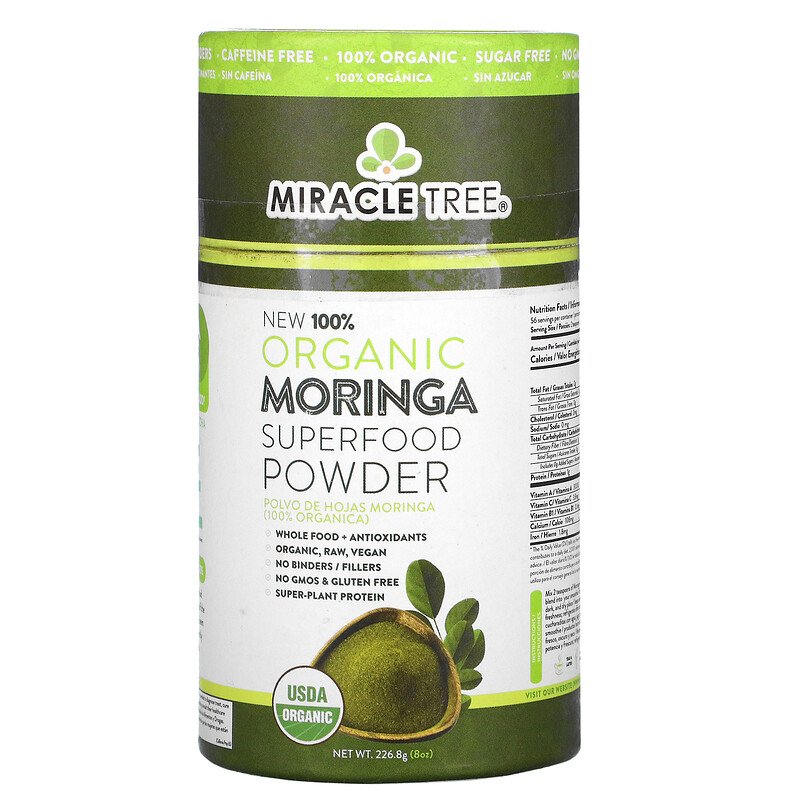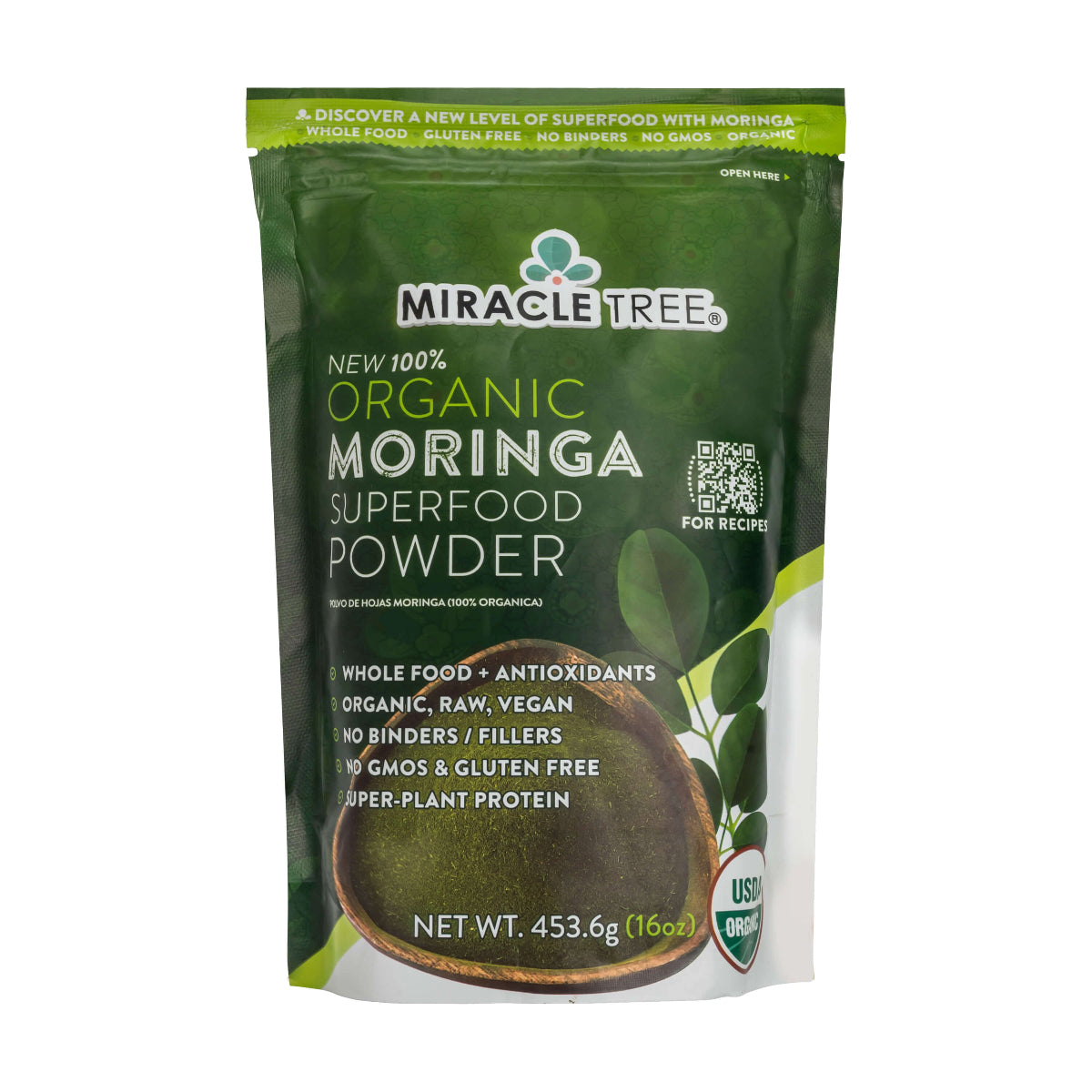Do you want to make healthier choices? Here’s how to read an ingredient label and avoid being tricked.
Are you guilty of purchasing food items based on the claims made on the front of the packaging? It is time for you to start reading the ingredient label on the back. Without carefully reading the contents list, it might be difficult to choose healthy alternatives because the front package is frequently deceptive.
More and more people are becoming aware of the importance of reading the ingredient label. The International Food Information Council Foundation recently conducted a survey that revealed that more than half of customers frequently or always review the ingredients list or Nutrition Facts panel before making a food purchase. But reading labels can be challenging. For your ease, we have put together a detailed guide on how to successfully read an ingredient label in order to distinguish between foods that are actually healthy and those that are falsely branded as healthy food.
Read the ingredient label carefully
You must be aware that the ingredients are listed on food labels from higher to lowest in terms of quantity. But it can be challenging to determine how much of a spike there is between the first and second ingredients, and again for successive items because the list often does not provide percentages or relative weights for each ingredient. As a general rule, look at the first three ingredients to get a sense of the product’s nutritional profile since they make up the majority of what you are eating. You can conclude that a product is unhealthy if the first few ingredients on the list include refined grains, a particular kind of sugar or hydrogenated oils. Consider purchasing things in which the first three ingredients are whole foods. Additionally, a list of ingredients that is more than two to three lines long may indicate that the product has undergone extensive processing.
Be familiar with the misleading buzzwords
If you want to avoid being tricked while reading an ingredient label, it is crucial to learn all the buzzwords. Several names are used for sodium, trans fats, saturated fats, and sugar. For instance, sugar can also be found as high fructose corn syrup, agave nectar, brown rice syrup, honey, molasses and a variety of other names that finish in "ose", like glucose, fructose, maltose and galactose. To prevent having just one enormous amount at the front of the list, numerous tiny amounts of various forms of sugar are frequently listed by the manufacturers. Do you want to avoid sodium? Look for buzzwords like salt, brine, baking soda, monosodium glutamate and sodium benzoate, as these are often used to conceal high quantities of sodium. Lard, partially hydrogenated or hydrogenated oils, tallow and shortening are a few different names for fat.
Stay away from these ingredients
If you want to make healthier food choices, it is important to stay away from certain ingredients that could be hiding in your food. So, read the ingredient label carefully to identify these harmful ingredients. Avoid foods with added nitrates and nitrites, MSG, artificial sweeteners including saccharin, acesulfame, aspartame, neotame and sucralose, as well as preservatives like sodium benzoate. You should also avoid items with natural or artificial colors and flavors.
Before buying any food item, it is crucial to thoroughly read the ingredient label if you have any food allergies. According to recent regulations, food manufacturers must now explicitly disclose on food labels whether their products include or are produced in a facility that also handles any of the following frequent food allergens: wheat, milk, eggs, fish, shellfish, peanuts, tree nuts and tree nuts.
